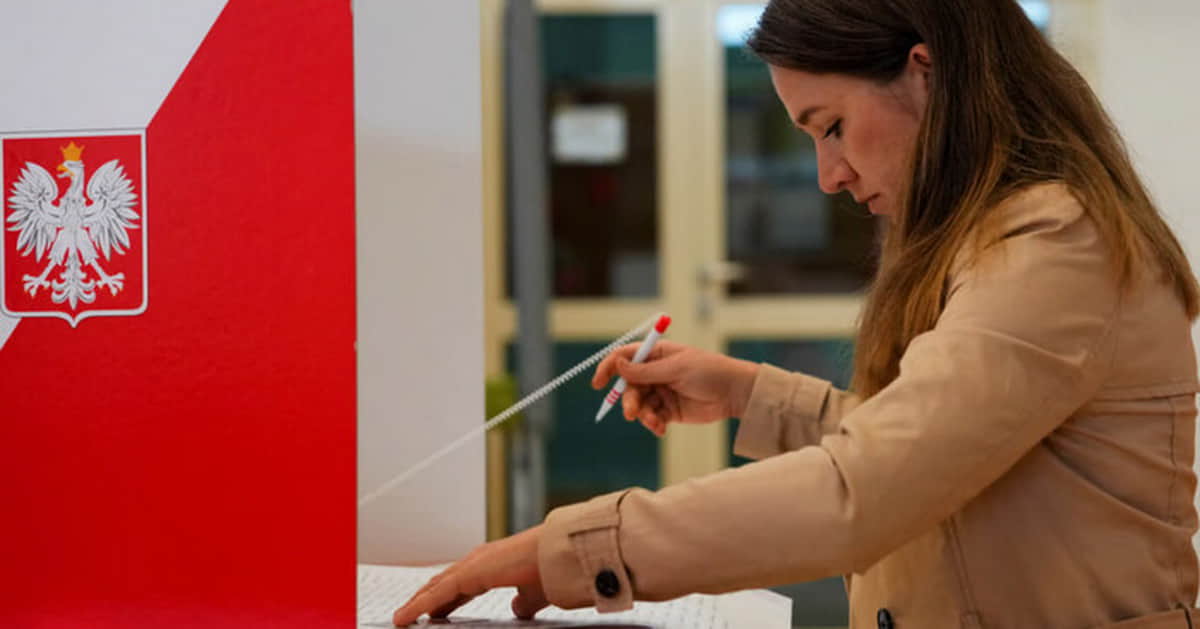Analysys of election results in Poland

According to the exit poll data published by the IPSOS sociological service immediately after the closing of polling stations, the ruling party Law and Justice (PiS) with 36.8% won the race, but this victory was pyrrhic. Three other opposition forces have a chance to create a solid majority, more than enough to change the government. Of course, exit polls can occasionally be mistaken (as was the case just two weeks ago in Slovakia's elections), but in the Polish case, the gap appears too significant to expect a complete reversal of fortunes.
Read more about whether PiS has a chance to retain power, the challenges the new Polish government will face, and what these changes mean for Ukraine, in the article by the EuroPravda editor Yurii Panchenko (Warsaw-Kyiv) - Poland votes for change of power: what does this mean and how will relations with Ukraine change?
14 October - the day before the election when campaigning is prohibited. Although in Poland, political advertising is allowed to remain on the streets. Nevertheless, Warsaw was openly living the election.
More specifically, it was living with the chance of getting rid of the unpopular PiS government, especially in the capital. This was evident through numerous anti-PiS stickers, slogans on walls and sidewalks. This sentiment was also demonstrated by ordinary citizens.
Many attached stickers with calls to end PiS rule to their clothing or bags. The faith of the opposition supporters was evident on the voting day by midday. It was already clear that the turnout in these elections would be historically high for modern Polish history (it was 72.9%).
It was obvious that such a high turnout - especially in cities more loyal to the opposition - would significantly change the political landscape. The results of the exit polls were indeed sensational. The biggest failure of these elections was anti-system Confederation - the only one that directly advocated ceasing or at least limiting aid to Ukraine.
On the other hand, Third Way can be called the main sensation. The bloc, which had long been on the edge of passing into the Sejm, secured the third place with 13%. Therefore, it is the pro-European opposition that will have the majority in the new Sejm.
According to preliminary calculations, a potential coalition of Civic Coalition, The Third Way, and The Left will have 248 seats in the Sejm, exceeding the minimum majority of 231 seats. However, the Polish opposition will still have to fight for ultimate victory. The ruling party received even more seats than predicted and will have 200 seats in the new Sejm.
To achieve a majority, not many votes are needed. Moreover, they can count on the loyalty of President Andrzej Duda, who will not only give the election winner the priority right to form a coalition but may also delay the process, giving the silver medalist the right to form a majority. Under these conditions, there is a possibility that PiS could reach agreements with individual opposition politicians or even parties, such as the Polish Peasants' Party, which ran on Third Way lists.
The opposition understands that the process will be prolonged and predicts a new government around December. Furthermore, even if a coalition is formed, the former opposition will face significant resistance. According to Polish political analysts, a sharp conflict with Kyiv might have been one of the factors that led to the decline in PiS's ratings.
But does this mean that Ukrainian-Polish relations will improve for a while?
For some time - yes, but in the long run, it depends on both sides.
If you notice an error, select the required text and press Ctrl + Enter to report it to the editors.